An Optical Time-Domain Reflectometer or OTDR is a sophisticated test instrument used to probe the characteristics of long optical fibers. They work by injecting a very brief pulse of light into one end of a long optical fiber, then monitoring any light received at that same end of the fiber. As the light pulse travels down the length of the fiber, it continuously loses some of its magnitude due to scattering in the glass. Some of this scattered light returns back to the source-end of the fiber, presenting a sort of “continuous echo” of the moving pulse. This continuous echo is analogous to the noise heard from an object moving away from the listener. As the light pulse encounters flaws and other discontinuities in the fiber and/or connectors along its length, the echoed signal changes in magnitude. This received signal is displayed as a time-domain plot on the OTDR viewing screen, and will look something like this: Fiber under test “
The “trace” shown on the display screen of an OTDR is a plot of the received optical signal strength over time. A large “spike” at the left-hand side of this trace marks the incident pulse of light injected into the optical fiber by the OTDR from the traveling pulse as it propagates down the length of the fiber. All signals after that (to the right of that initial “spike”) represent light received from that same end of the optical fiber. In a completely uniform fiber the resulting “echo” would trace a downward-sloping straight line as the traveling light pulse gradually weakens.
In an imperfect fiber, any discontinuities such as splices, connector joints, sharp bends, cracks, etc. will cause the traveling light pulse to lose more photons than usual at the location of the discontinuity: sometimes returning a strong echo back toward the OTDR and other times not. A discontinuity such as a mis-aligned fiber connector will tend to return a strong echo as part of the traveling light pulse reflects off the mis-aligned connector end and returns to the OTDR. A discontinuity such as a mal-formed fusion splice merely scatters a greater-than-normal amount of light out through the fiber’s cladding, in which case there is no echo “pulse” received by the OTDR but rather just a further weakening of the echo signal.
The OTDR trace shown in the previous illustration demands further explanation. Shown here is a magnified view of it, complete with numbers to identify each noteworthy event:
Legend:
- Incident pulse output by the OTDR, and injected into the launch fiber
- Reflection off the face of the near-end connection between the launch fiber and the fiber under test
- Loss of light due to a non-reflective discontinuity (e.g. sharp bend, splice)
- Loss of light due to a reflective discontinuity (e.g. mis-aligned connector)
- Reflection off the face of the far-end connection at the end of the fiber under test
- The “noise floor”
As you can see, an OTDR trace provides much more information about the performance of an optical fiber than a simple power test. Each flaw in the cable or its associated connectors appears as a deviation from the normal downward-sloped line of the trace, the location in time revealing the distance between the OTDR and the flaw. Thus, an OTDR not only indicates the nature of each flaw, and the amount of optical power lost at each flaw, but also the location of each flaw along the fiber’s length.
One important caveat exists for this distance calculation, and that is the fact that the length of a fiber in a multi-fiber cable will always be somewhat longer than the length of the cable itself, since individual fibers inside a cable are often “wound” in a spiral configuration or otherwise deviating from the straight centerline of the cable. “Loose tube” cables, for example, often exhibit fiber lengths 5% to 10% greater than the physical length of the cable itself.
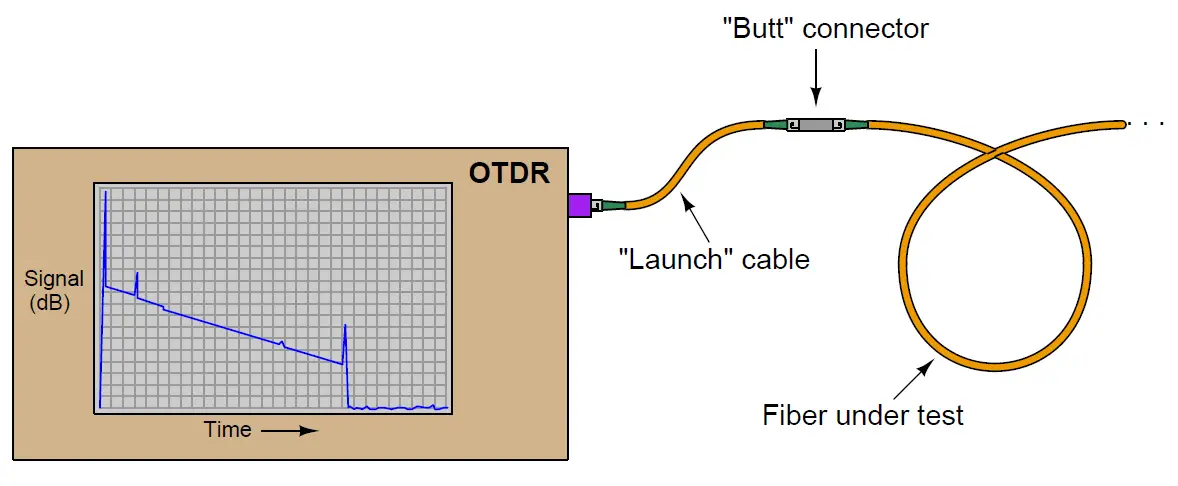
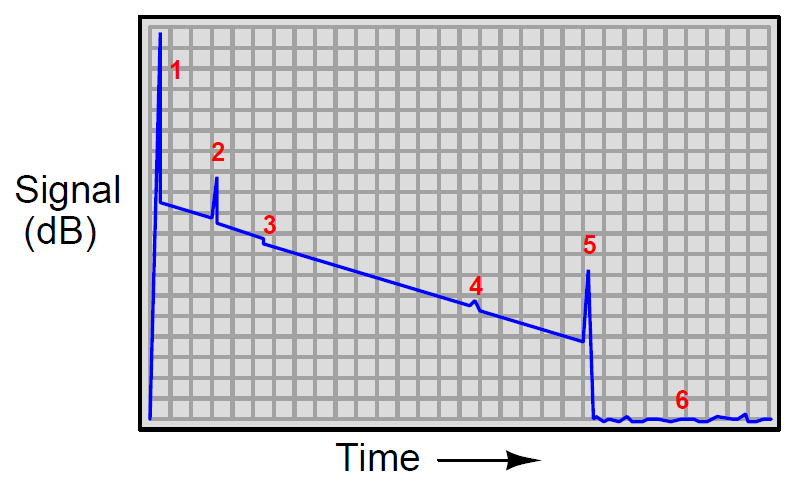
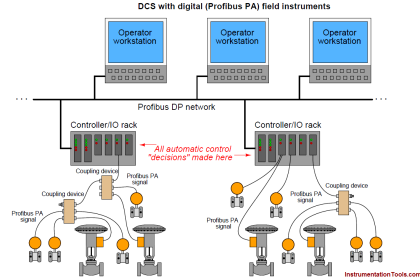
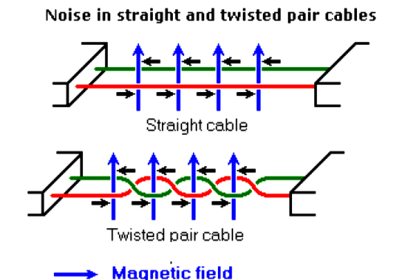
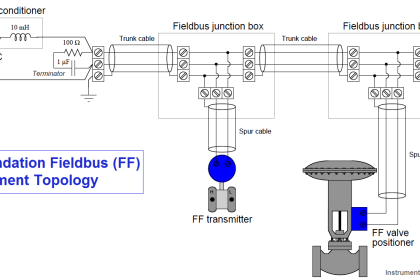
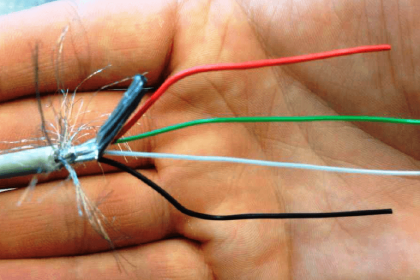
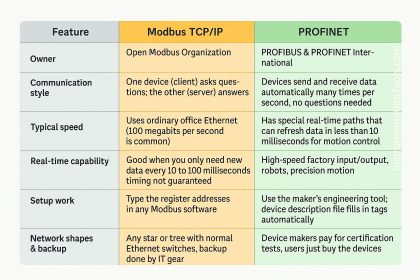

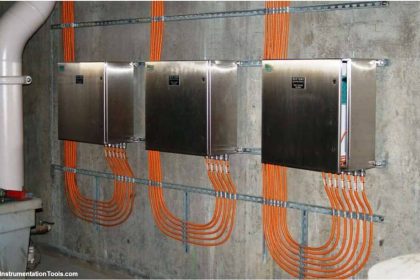
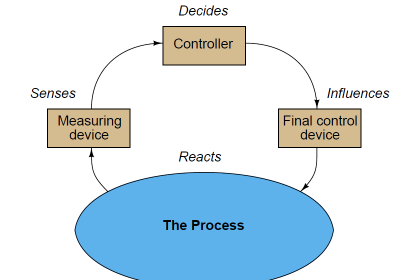
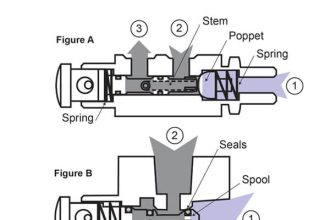
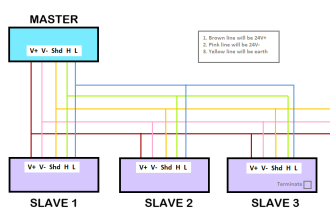
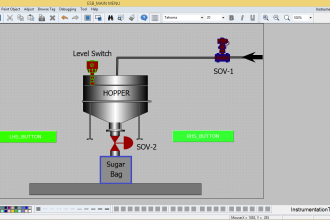
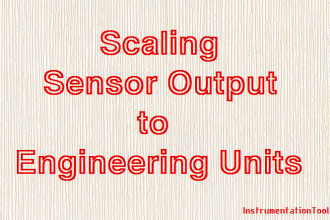

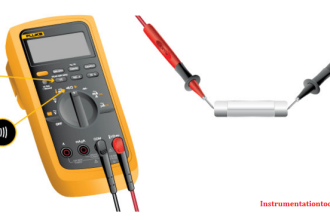

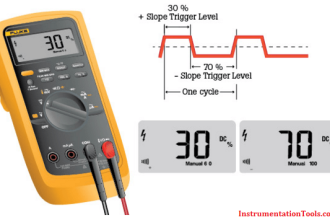

What is different between jointing and splicing. Why we do splice OFC not jointing…
Thanking you